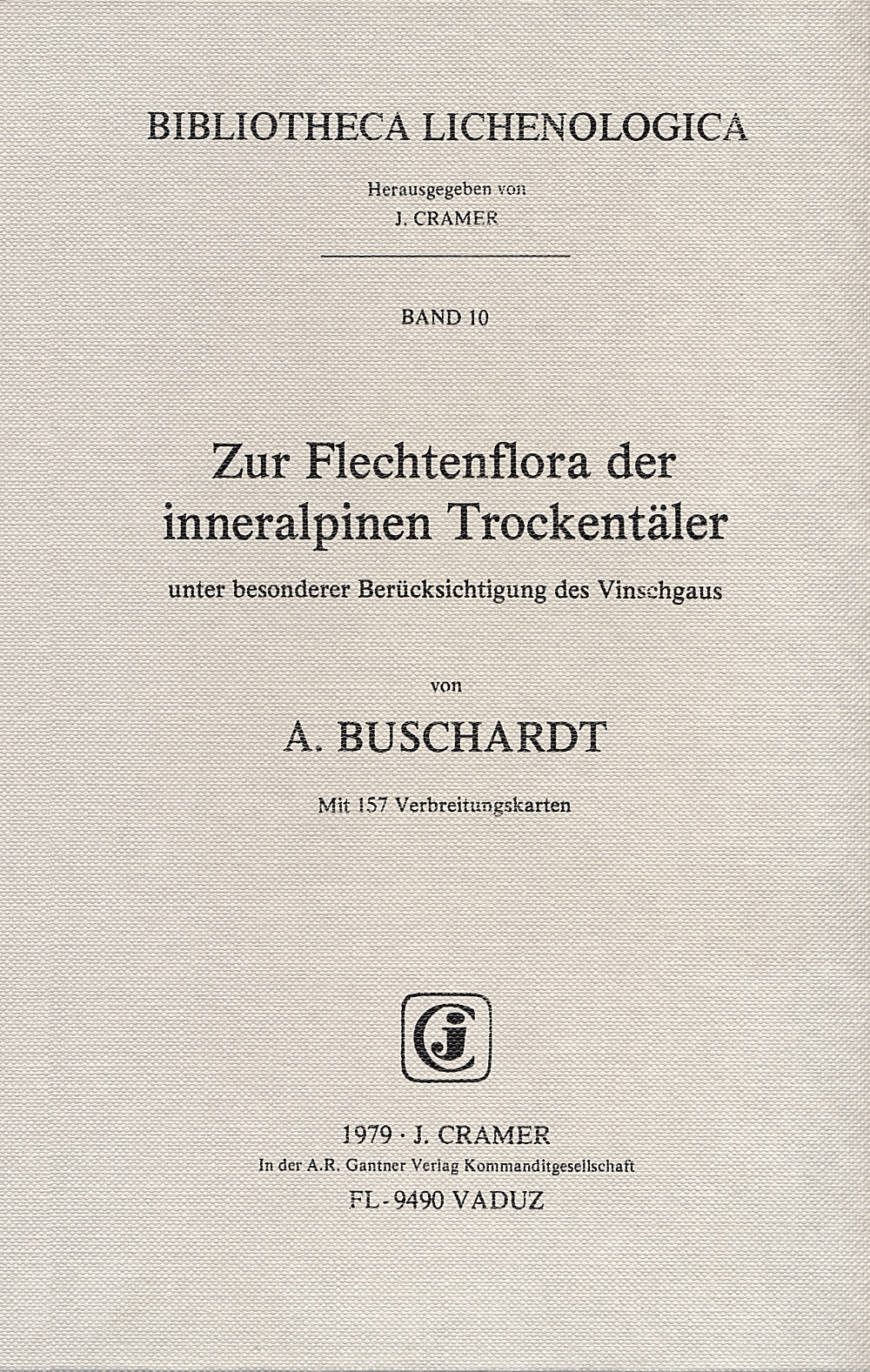Einleitung.................................................. 5
ALLGEMEINER TEIL............................................ 8
A. Ökologie des Untersuchungsgebietes.....................8
I. Orographische Verhältnisse......................... 8
II. Klimatische Bedingungen............................1O
a. Feuchtigkeit....................................1O
1. Niederschlag................................10
2. Relative Luftfeuchtigkeit....................11
3. Tau..........................................12
4. Nebel....................................... 13
5. Sickerwasser.................................13
6. Feuchtigkeit und Wind........................13
b. Licht und Temperatur............................ 14
1. Sonnenscheindauer und Strahlungsintensität ... 14
2. Frost....................................... 16
3. Temperatur und Wind..........................17
c. Klima und Substrat.............................. 17
III. Substrat.......................................... 18
IV. Biotische Faktoren................................. 20
a. Anthropogene Einflüsse...........................20
b. Tierische Einflüsse............................. 21
c. Pflanzliche Einflüsse........................... 22
Zusammenfassung....................................... 23
B. Das spezielle Untersuchungsgebiet...................... 25
a. VINSCHGAU..........................................25
b. WALLIS ............................................28
c. AOSTA-TAL ........................................ 31
d. VELTLIN .......................................... 32
e.VIRGENTAL (Osttirol)........................... 32
C. Die Flechtenelemente des Untersuchungsgebietes..........34
I. Klimaökologische Elemente...........................35
1. Ubiquisten (klimaökologische!).................. 36
2. Das temperate Element..........................36
3. Das subalpine und alpine Element...............37
4. Das (mediterran-) xerotherme Element .... 37
5. Das (submediterran-) xerotherme Element ... 38
6. Das kontinental-xerotherme Element........38
II. Substratökologische Elemente........................ 39
III. Parasitische Flechten als bioökologisches Element 39
SPEZIELLER TEIL
(Darstellung der 124 behandelten
Flechtenarten).............................................. 41
Acarospora.................................................. 42
1. A. cervina.............................. 44
2. A. chrysocardia......................... 46
3. A. cinerascens (=A.alboatra)..............47
4. A. heufleriana............................ 51
5. A. imbricatula..............................55
6. A. laqueata................................58
7. A. sulphurata............................. 59
a. var. sulphurata....................60
b. var. rubescens..................... 63
8. A. versicolor............................. 63
Aspicilia radiosa-praeradiosa-alphoplaca .......66
9. A. alphoplaca.............................. 67
10. A. praeradiosa............................ 71
11. A. radiosa................................ 76
Buellia........................................82
12. B. badia.................................. 84
13. B. buellioides.............................86
14. B. elegans................................ 88
15. B. epigaea................................. 89
16. B. epipolia...............................92
17. B. italica.................................96
18. B. porphyrica.............................. 96
19. B. stellulata..............................97
20. B. subsquamosa.............................99
21. B. venusta............................... 102
Caloplaca...................................... 104
22. C. aurantia...............................107
23. C. biatorina............................... 107
24. C. cerina var. muscorum...................111
25. C. cirrochroa............................ 115
26. C. conglomerata...........................116
27. C. congrediens............................ 118
28. C. conversa.............................. 122
29. C. dolomiticola............................ 127
30. C. flavovirescens.......................127
31. C. irrubescens (incl. C. subsoluta).......130
32. C. microphyllina.......................... 134
33. C. rubelliana.............................137
34. C. stillicidiorum........................ 139
35. C. teicholyta..............................140
36. C. xerica..................................141
37. Dimelaena oreina...........................145
Diploschistes..................................149
38. D. actinostomus............................149
39. D. ocellatus............................... 152
Fulgensia...................................... 153
40. a F. bracteata ssp. bracteata.............155
var.bracteata......................155
var. alpina.........................156
40. b F. bracteata ssp. deformis..............156
41. F. desertorum.............................157
42. F. fulgens................................158
43. F. schistidii..............................161
44. F. subbracteata............................162
Lecanora.......................................163
45. L. demissa................................165
46. L. frustulosa..............................167
47. L. garovaglii..............................171
48. L. muralis...............................175
49. L. riparti................................176
50. L. valesiaca...............................179
Lecidea s. ampl............................... 184
Lecidea s. str.................................186
51. L. fuscoatra .............................186
52. L. insularis.............................. 190
53. L. paratropoides...........................193
54. L. promiscens..............................196
55. L. sarcogynoides.......................... 198
56. L. tessellata.............................200
Lecidella......................................207
57. L. carpathica ........................... 207
58. L. inamoena (= Lecidea endolithea)........212
59. L. lacteola...............................215
60. L. stigmatea..............................218
61. L. subincongrua............................222
62. L. viridans.............................. 224
63. Leprocaulon microscopicum................ 227
Leptogium..................................... 231
64. L. hildenbrandii..........................231
Parmelia s. ampl.............................. 232
65. P. caperata............................... 236
66. P. conspersa..............................239
67. P. disjuncta............................. 243
68. P. flaventior..............................244
69. P. glabra.................................248
70. P. loxodes................................ 249
71. P. pulla (= P. prolixa)...................249
72. P. soredians...............................253
73. P. stictica................................255
74. P. subargentifera..........................256
75. P. subrudecta............................. 259
76. P. substygia..............................261
77. P. sulcata.............................. 262
78. P. taractica.............................. 263
79. P. tiliacea...............................267
80. P. ulophyllodes........................... 271
81. P. verruculifera..................... 275
Peltula........................................277
82. P.euploca................................ 278
83.a P. obscurans var. obscurans.............282
83.b P. obscurans var. hassei.............. 284
84. P.placodizans.............................284
Physcia s.ampl.............................. 287
Physcia s. str................................ 288
85. Ph. adscendens..........................291
86. Ph. caesia................................ 292
87. Ph. constipata............................ 296
88. Ph. dimidiata.............................299
89. Ph. dubia................................. 303
90. Ph.hispidula.............................. 304
91. Ph. magnussonii........................... 306
92. Ph. orbicularis...........................307
93. Ph.sciastra...............................307
94. Ph. strigosa..............................311
95. Ph.teretiuscula...........................316
96. Ph. tribacia .............................317
97. Ph.wainioi................................321
98. Physciopsis adglutinata....................325
Physconia.......................................326
99. Ph. enteroxantha...........................327
100. Ph. farrea.................................330
101. Ph. grisea ssp. lilacina................... 333
102. Ph. muscigena var. muscigena............... 334
103. Ph. petraea................................ 339
104. Ph. pulverulenta........................... 343
Psora........................................... 346
105. Psora albilabra............................ 347
106. Psoradecipiens............................. 348
107. Psoraglobifera............................. 350
108. Psoralurida................................ 352
Rhizocarpon..................................... 355
109. Rh.disporum................................ 355
110. Rh. grande.................................356
111. Rh.montagnei..............................357
Rhizoplaca......................................361
112. Rhizoplaca chrysoleuca....................361
113. Solorinella asteriscus.....................365
Toninia......................................... 367
114. T. albornarginata......................370
115. T. alutacea................................ 373
116. T. candida................................375
117. T. cinereovirens...........................377
118. T. coeruleonigricans.......................381
119. T. diffracta..............................384
120. T. lobulata...............................387
121. T. opuntioides.............................388
122. T. toniniana...............................392
123. T. tristis................................ 395
124. T. tumidula............................... 399
Zusammenfassung / Summary.....................400
Literatur........................................ 403
